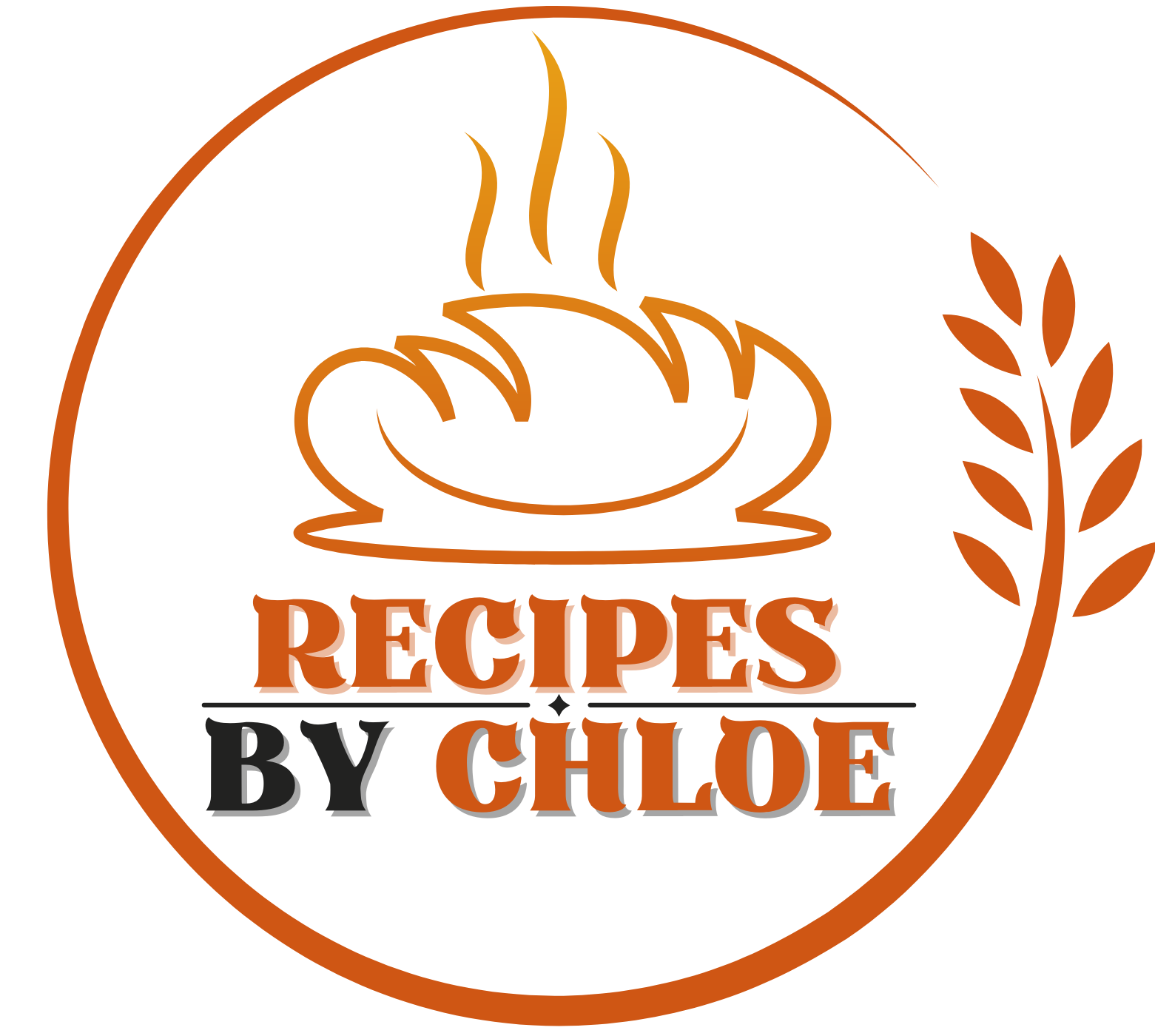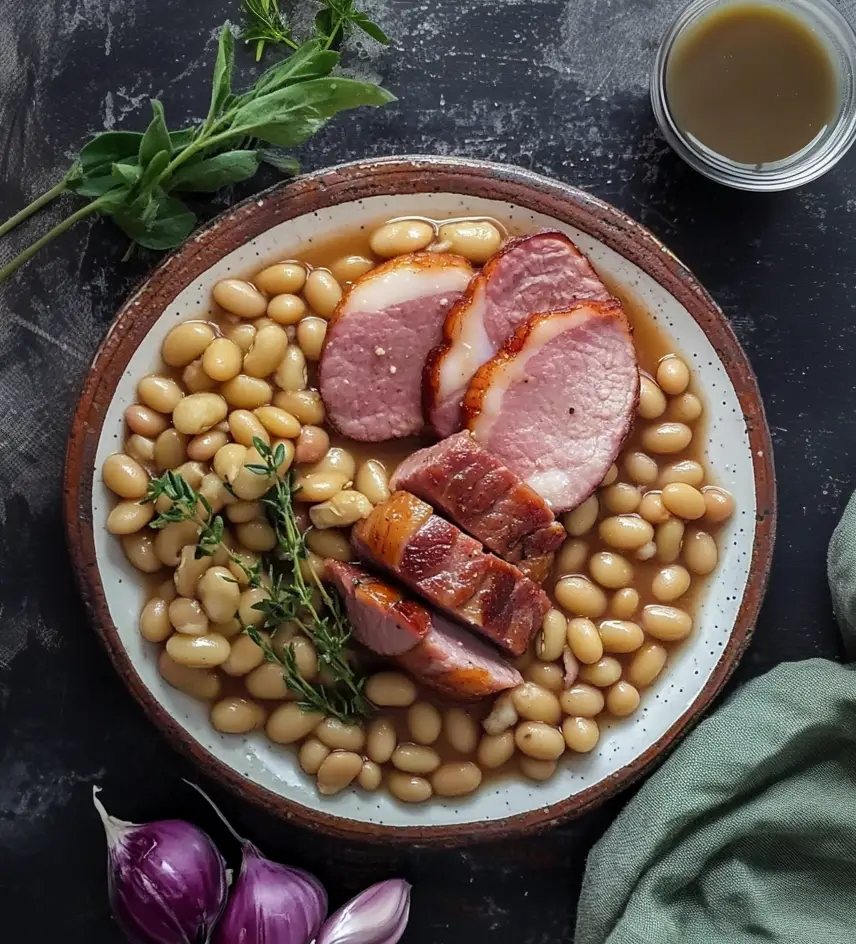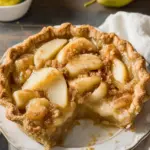Ham and Beans with Randall Beans is a hearty, comforting dish that brings together the rich flavors of ham and the creamy texture of Great Northern beans. Utilizing canned beans and leftover ham, this recipe offers a quick and satisfying meal that’s perfect for busy weeknights or cozy weekends. It’s a classic example of American comfort food, delivering warmth and nostalgia in every bite.
Full Recipe:
Ingredients
- 1/4 cup butter
- 1 small onion, diced
- 1–2 cups diced ham (use as desired)
- Salt and black pepper, to taste
- 48 ounces Randall Great Northern Beans (or your preferred variety), undrained
Directions
- In a saucepan or skillet, melt the butter over medium heat.
- Add the diced onion and sauté until softened.
- Stir in the diced ham and cook until warmed through.
- Add the undrained Randall beans to the pan, stirring to combine.
- Simmer the mixture until heated thoroughly.
- Season with salt and black pepper to taste.
Nutrients
Per serving (based on 8 servings):
- Calories: 294 kcal
- Carbohydrates: 37g
- Protein: 20g
- Fat: 8g
- Saturated Fat: 4g
- Cholesterol: 38mg
- Sodium: 615mg
- Potassium: 610mg
- Fiber: 8g
- Sugar: 1g
- Vitamin A: 177 IU
- Vitamin C: 3mg
- Calcium: 94mg
- Iron: 3mg
Cultural and Historical Significance
Ham and beans have a rich cultural heritage. In many American households, especially those in rural areas, the dish has long been a symbol of comfort and home cooking. Historically, pork was a widely consumed meat because it was more affordable and easier to preserve than other meats. Beans, on the other hand, have been a staple protein source due to their long shelf life and nutritional value.
The combination of pork and beans dates back to early American colonial times. Settlers and pioneers relied heavily on dried beans and cured meats to sustain them through harsh winters and long journeys. The tradition of pairing ham with beans was not only practical but also economical, making it possible to stretch ingredients while still providing a meal rich in flavor and nutrients.
Randall beans, a variant of Great Northern beans, add a distinct creamy texture that sets this recipe apart. These beans are known for their ability to absorb flavors well, which enhances the savory notes of the ham. Using canned beans, as is common in modern recipes, cuts down preparation time while still offering great taste and nutrition.
Nutritional Benefits of Ham and Beans
Ham and beans provide a well-rounded nutritional profile, making this dish an excellent choice for a balanced diet. Beans are an excellent source of plant-based protein, dietary fiber, and essential vitamins and minerals, including folate, iron, potassium, and magnesium. The high fiber content in beans promotes digestive health, helps regulate blood sugar levels, and supports heart health.
Ham adds not only flavor but also additional protein, vitamins, and minerals, such as vitamin B6, niacin, phosphorus, and zinc. However, it is important to be mindful of the sodium content in ham, especially if you are monitoring your salt intake. Choosing a lean ham and balancing the dish with plenty of beans can help make it a healthier option.
This combination of protein from both plant and animal sources makes ham and beans a sustaining meal that can keep you full for longer periods. It’s also versatile enough to be enjoyed at any time of day—whether as a warming dinner or a hearty lunch.
Why Randall Beans?
Randall beans, a type of Great Northern bean, are particularly favored for this recipe due to their firm but creamy texture when cooked. Unlike some other white beans, Randall beans hold their shape well during simmering, preventing the dish from becoming too mushy while still offering a smooth mouthfeel.
Their mild flavor allows the ham’s smokiness and seasoning to shine through without being overpowered. This makes them ideal for recipes like ham and beans, where the goal is to have a harmonious blend of textures and tastes.
From a practical standpoint, Randall beans are often available canned, making them a convenient choice for quick meals. They require no pre-soaking or long cooking times, making this recipe especially accessible for busy home cooks.
Variations and Serving Suggestions
While the basic recipe of ham and beans is simple, there are countless ways to customize and enhance the dish according to personal preference or regional traditions. Some cooks like to add additional vegetables, such as carrots, celery, or bell peppers, for extra flavor and nutrition. Aromatics like garlic, bay leaves, or thyme can deepen the savory profile.
Others might add a splash of vinegar or a hint of sweetness (like molasses or brown sugar) to balance the saltiness of the ham and add complexity. Spices such as smoked paprika, cayenne pepper, or black pepper can add warmth and a subtle kick.
Ham and beans can be served as a standalone meal or paired with side dishes to complete the plate. Common accompaniments include cornbread, crusty bread, rice, or a fresh green salad. The dish also pairs well with pickled vegetables or coleslaw, which provide a crunchy contrast to the soft beans and tender ham.
The Comfort Food Factor
Ham and beans are quintessential comfort food. The warm, hearty nature of the dish makes it perfect for colder months or whenever you crave something that feels like a hug on a plate. It’s filling without being overly heavy, and the combination of creamy beans and savory ham is deeply satisfying.
This dish is also tied to family traditions and memories for many people. It often evokes a sense of nostalgia, reminding one of home-cooked meals, gatherings, and simple pleasures. Its simplicity and familiarity make it an enduring favorite across generations.
Preparing Ham and Beans for Large Groups
One of the great advantages of this recipe is its scalability. It’s easy to increase quantities to feed a crowd, making it an excellent choice for potlucks, family reunions, or community dinners. The ingredients are inexpensive and shelf-stable, so it’s a budget-friendly option that can be prepared ahead of time.
For larger gatherings, slow cookers or large pots work well to simmer the ham and beans together slowly, allowing the flavors to meld beautifully. The dish also reheats well, often tasting even better the next day after the flavors have had time to develop further.
Sustainability and Economic Considerations
Using ham and beans as a meal option aligns well with sustainable cooking practices. Beans are one of the most environmentally friendly protein sources because they require less water and energy to produce compared to animal proteins. Incorporating beans into meals helps reduce carbon footprint while delivering substantial nutrition.
Conclusion
Ham and Beans with Randall Beans is a timeless recipe that combines convenience, nutrition, and comfort in one bowl. Rooted in American culinary history and sustained by tradition, it continues to be a favorite for families and individuals seeking a hearty, wholesome meal. The use of Randall beans offers a creamy texture that perfectly complements the savory, smoky ham, creating a balanced dish that satisfies both the palate and nutritional needs.






